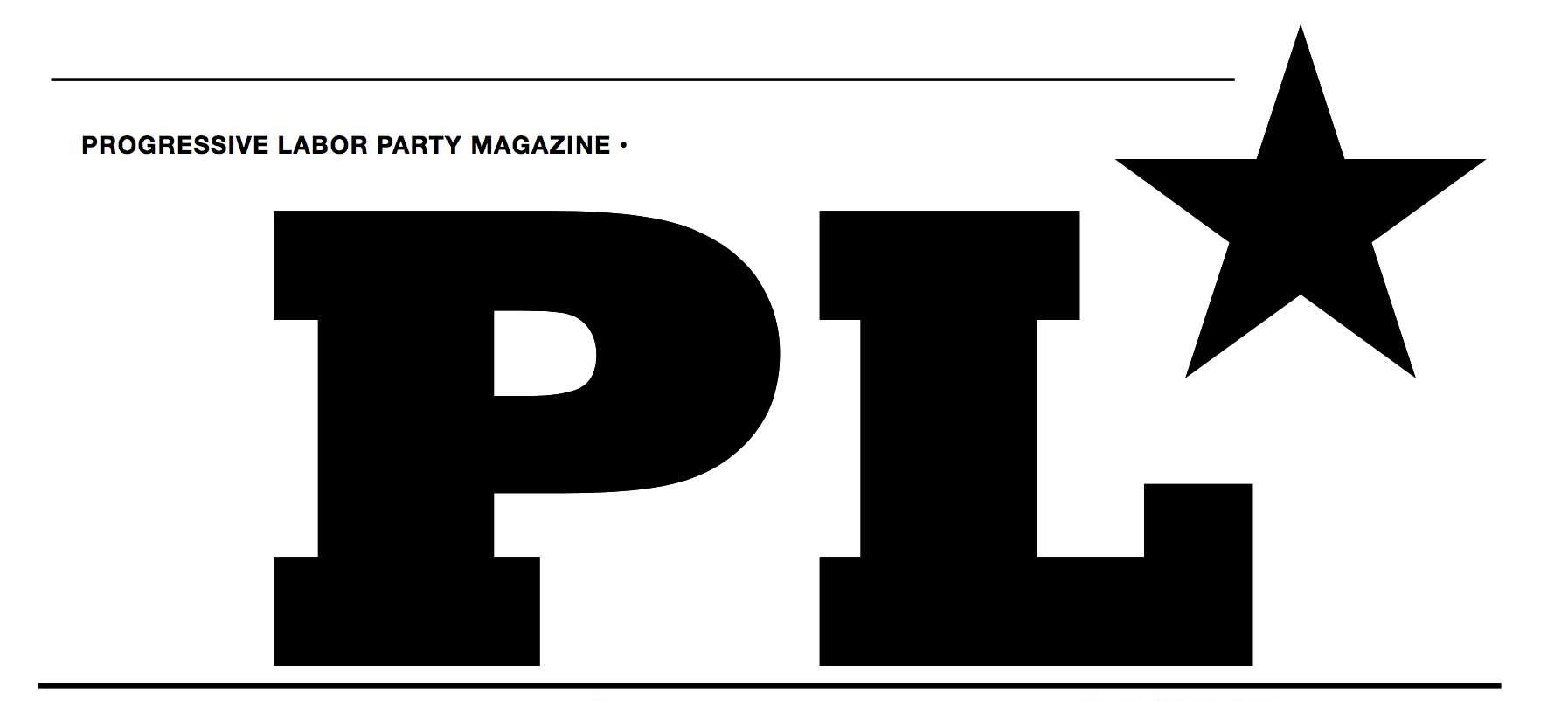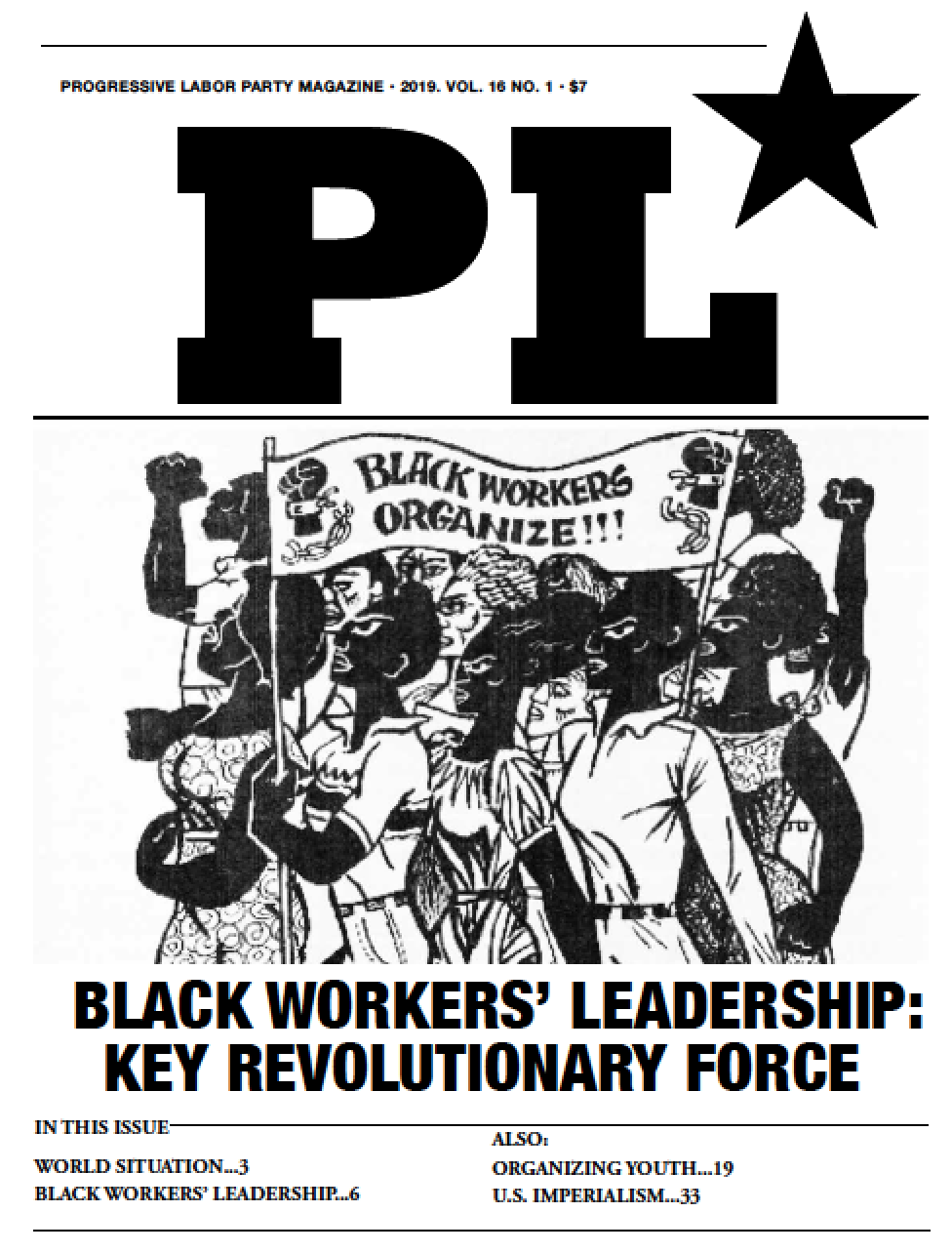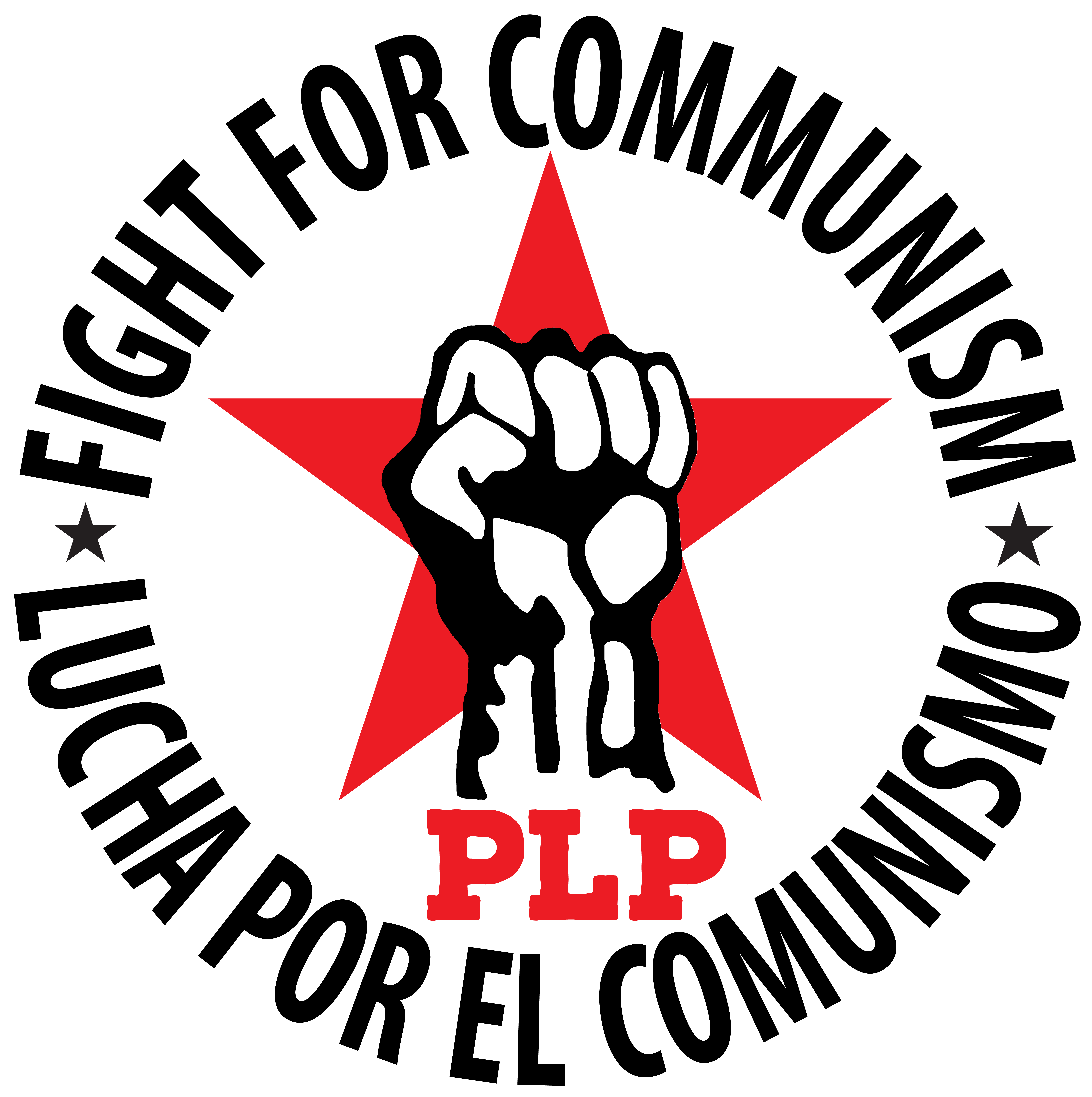"Paradise Alley" Exposes North’s Racism During Civil War
 Thursday, March 14, 2013 at 1:10AM
Thursday, March 14, 2013 at 1:10AM This July marks the 150th anniversary of the infamous NYC draft riots, one of the largest urban insurrection in U.S. history. Tens of thousands of working-class New Yorkers, many of them Irish, burned down the city’s draft office and armory, and set fire to police stations and the homes of wealthy Republicans over the course of four days. Union troops had to be diverted from fighting the Confederate Army to suppress the riot.
Normally communists welcome working-class rebellion. Not this time. The main aspect of the NYC draft riots was the ghastly and brutal attacks on black men, women and children, one hundred of whom were murdered in less than a week. Black men were captured, beaten, tortured, strung from lamp posts and set on fire. Black women were stripped naked and beaten. An orphanage for black children was burned to the ground, with the occupants making a daring escape, which is captured in the historical novel Paradise Alley.
It brilliantly brings three days of the draft riots to life. It follows the paths of seven people over the course of those days: Billy Dove, an ex-slave who works at the orphanage; Ruth Dove, his Irish wife and mother of Billy’s children; Johnny Dolan, the sadistic killer who thinks that Ruth belongs to him and has vowed to kill her and Billy; Deirdre O’Kane, who lives next door to Ruth and Billy and must decide whether or not to help them and risk her own life; Tom O’Kane, who’s away fighting in the Union Army; Maddy Boyle, a prostitute living on the same block; and Herbert Willis Robinson, Maddy’s lover and writer for the New York Tribune.
The reader comes to know each character intimately, as the racist and sexist violence brings them together and threatens their lives. We also get a strong feel for what it was like to live in lower Manhattan during that period: the housing, the food, the taverns, the smells in the air, and the awful racism of the day. Even though blacks were nominally “free” in the North, the character of Billy demonstrates the limits of this freedom. Billy had been a master shipbuilder in the South, working for his owner. He escapes slavery and comes to NYC, where he hopes to continue in the trade that he loves. Instead, he finds that only whites can work on the docks, and any attempt to break the racial barrier is met with extreme violence. 
Kevin Baker, the author, is honest about the brutal racism of NYC in the 1860s. The Democratic politicians who ran its politics were in alliance with the plantation owners who controlled the Democratic Party in the South. They opposed the efforts of Lincoln and the Republicans to suppress the Confederacy and told white workers that if the South was defeated, the freed slaves would destroy “white civilization.” They instilled fear in Irish workers that ex-slaves would come north and take their jobs. The demagogues were able to persuade the majority of the Irish — who were despised for their Catholicism and exploited for low wages by the elites — to keep their boots on the necks of blacks, an even more despised and exploited group of workers.
Yet three of the seven main characters in “Paradise Alley” — all Irish — reject anti-black racism, not just in words but also in deeds. Ruth loves and marries Billy and bears their children, despite the disapproval of many of her white neighbors. Deirdre takes in Ruth and her children at the height of danger, while her husband Tom — a friend of Billy’s — is on the front lines at Fredericksburg and Gettysburg, two of the biggest battles of the Civil War.
While Baker makes it clear that the main aspect of the draft riots was racism, there was also justified resentment towards the wealthy businessmen who could pay $300 to buy their way out of the draft. Many of these same businessmen were making a fortune by selling goods to the Union Army, while the poor died or lost limbs in a war that took the lives of 700,000 soldiers.
While the Civil War was at heart a struggle between northern industrial capital and southern plantation-based capital, there was an important anti-racist aspect to the conflict. In order to curb the power of the southern aristocracy and their political machine, the northern capitalists, through the Lincoln White House, had to abolish slavery. The emancipation of four million slaves was the welcome culmination of generations of struggle — slave rebellions, the Underground Railroad and the work of fighters like Harriet Tubman, decades of abolitionist activism, John Brown’s raid on Harper’s Ferry and the 200,000 black soldiers who fought to crush the slave regime.
Frederick Douglass sent two of his sons into the Union Army, and William Lloyd Garrison, although a pacifist, sent one of his sons to fight. Marx and Engels wrote extensively about the Civil War and strongly supported a northern victory. In contrast, the draft riots were inspired by, and benefitted, the racist Confederacy.
“Paradise Alley” builds to an exciting and emotional finale, and this reviewer couldn’t turn the pages fast enough.





 Progressive Labor Party (PLP) fights to destroy capitalism and the dictatorship of the capitalist class. We organize workers, soldiers and youth into a revolutionary movement for communism.
Progressive Labor Party (PLP) fights to destroy capitalism and the dictatorship of the capitalist class. We organize workers, soldiers and youth into a revolutionary movement for communism.




Reader Comments